- The mission of Baltimore International College, a regionally accredited, independent college, is to provide qualified students with the education and experience they need to pursue progressive careers with the international business or hospitality industry.
School Highlights
Baltimore International College served 501 students (94% of students were full-time).
Minority enrollment was 100% of the student body (majority Black and Hispanic), which was less than the state average of 63%.
School Overview
Baltimore International College
(MD) Community College Avg.
Carnegie Classification
Baccalaureate/Associate's Colleges
Associate's Colleges: Mixed Transfer/Career & Technical-High Traditional
Institution Level
Less than 2 yrs
At least 2 but less than 4 years
Institution Control
Public
Public
Total Faculty
n/a
378 staff
Student Body
Total Enrollment
501 students
3,998 students
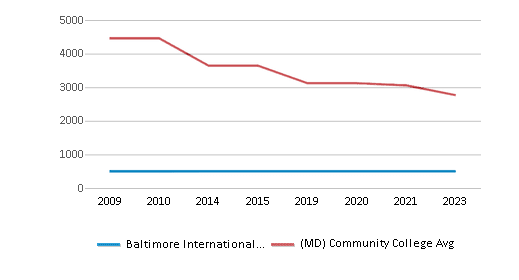
Student : Teacher Ratio
n/a
12:1
# Full-Time Students
471 students
985 students
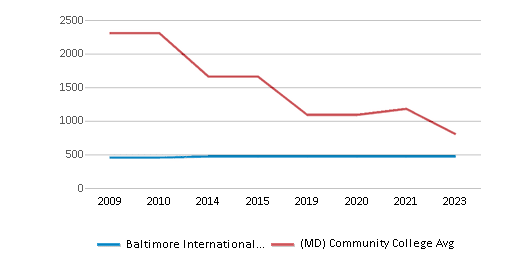
# Part-Time Students
30 students
3,409 students
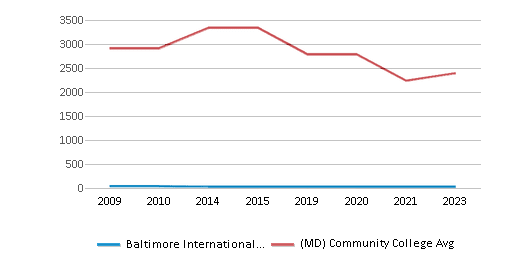
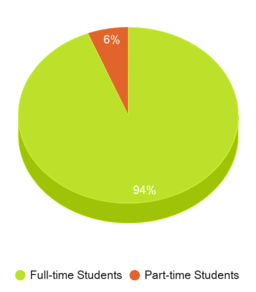

# Enrollment Undergraduate
n/a
243 students
# Full-Time Undergraduate Students
482 students
985 students
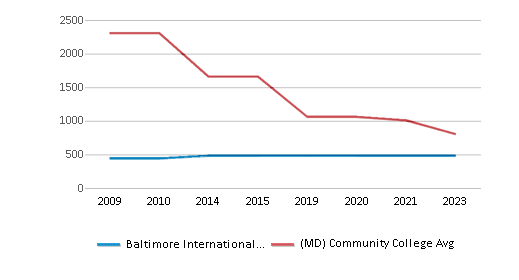
# Full-Time Graduate Students
19 students
19 students

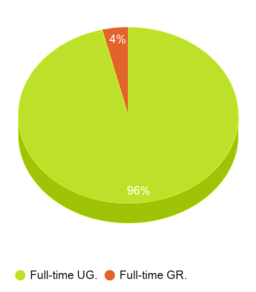
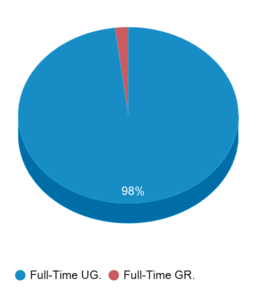
# Part-Time Undergraduate Students
n/a
4,482 students
% Asian
n/a
7%
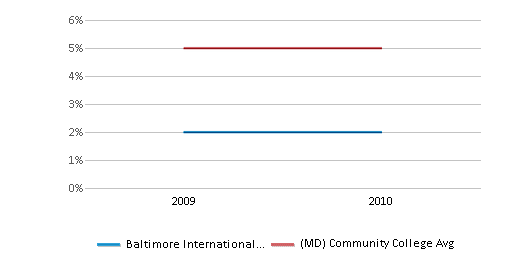
% Hispanic
n/a
13%
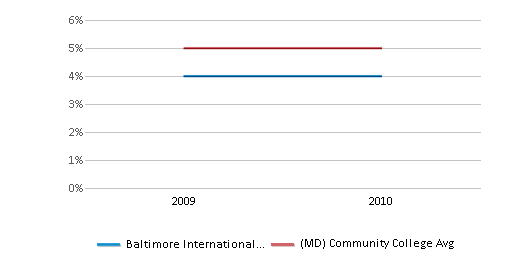
% Black
n/a
30%
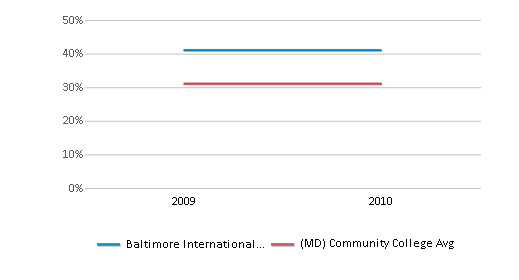
% White
n/a
37%
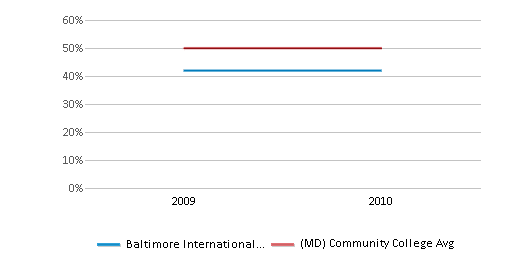
% Two or more races
n/a
5%
% Non Resident races
n/a
5%
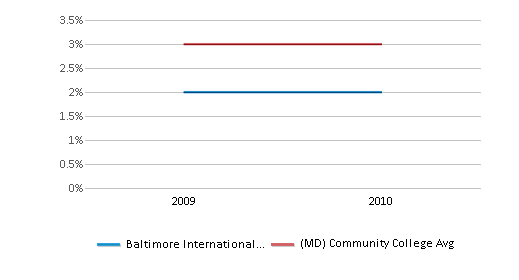
% Unknown races
100%
3%
Diversity Score
n/a
0.75
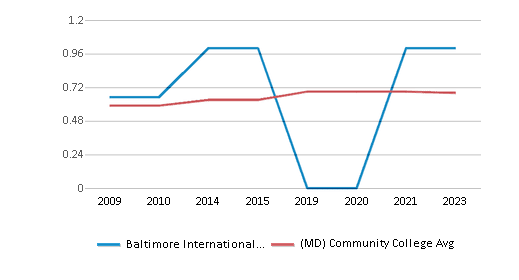
College Completion Rate (Students who graduate in less than 4 years)
n/a
0.2841%
Average Graduate Earnings (10 Years) (Year 2010)
$35,700
$37,700
Tuition and Acceptance Rate
In-State Tuition Fees
$27,390
$7,307

Out-State Tuition Fees
$27,390
$9,316
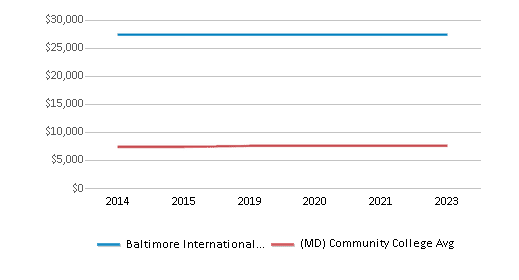
% Students Receiving Some Financial Aid
60%
56%

Median Debt for Graduates (Year 2010)
$12,000
$6,500
Median Debt for Dropouts (Year 2010)
$9,500
$3,500
Acceptance Rate
n/a
100%
Source: 2023 (or latest year available) Integrated Postsecondary Education Data System (IPEDS)
School Notes
- Baltimore International College is a regionally accredited, independent college offering specialized baccalaureate and associate degrees and certificates through its School of Culinary Arts and School of Hospitality Business & Management. The college's programs are taught by industry experienced chefs and professors from around the world and incorporate a blend of theory and academics, with hands-on experience. The college has two campuses. The United States' campus is located in Baltimore, Maryland, just two blocks from the world famous Baltimore Inner Harbor. The international campus is located in Ireland at the historic, 100-acre Virginia Park, which is 50 miles northwest of Dublin, and home to the Park Hotel, a golf course, the pleasure gardens, and 15 miles of walking paths. Classes are held in the spring, summer, and fall and there are also evening classes. In addition to classrooms and cooking labs, College's Baltimore campus includes the Culinary Arts Center, a bookstore, computer lab, student union, hotel, inn, restaurant, student housing, and The Learning Resource Center which includes a library, computer lab, and a gallery of edible art. Founded in 1972, the College educates more than 800 students annually, with 52 percent men and 48 percent women. BBaltimore International College is accredited by the Commission on Higher Education of the Middle States Association of Colleges and Schools. The Commission on Higher Education is an institutional accrediting agency recognized by the U.S. Secretary of Education and the Council for Higher Education Accreditation (CHEA).
Frequently Asked Questions
How much does Baltimore International College cost?
Baltimore International College's tuition is approximately $27,390 for In-State students and $27,390 for Out-State students.
In what neighborhood is Baltimore International College located?
Baltimore International College is located in the Downtown neighborhood of Baltimore, MD.
Recent Articles

How To Craft the Perfect College Admissions Essay
Read on to learn the ins and outs of crafting the perfect college application essay.

Obtaining Your Bachelor's Degree at a Community College
Explore the evolving landscape of community colleges offering bachelor's degrees, addressing affordability, accessibility, and workforce needs.

A to Z of Community College Certificates and Courses
From business and healthcare to technology and skilled trades, the article showcases the breadth of options available to students seeking to enhance their knowledge, develop new skills, or pursue career advancement.





